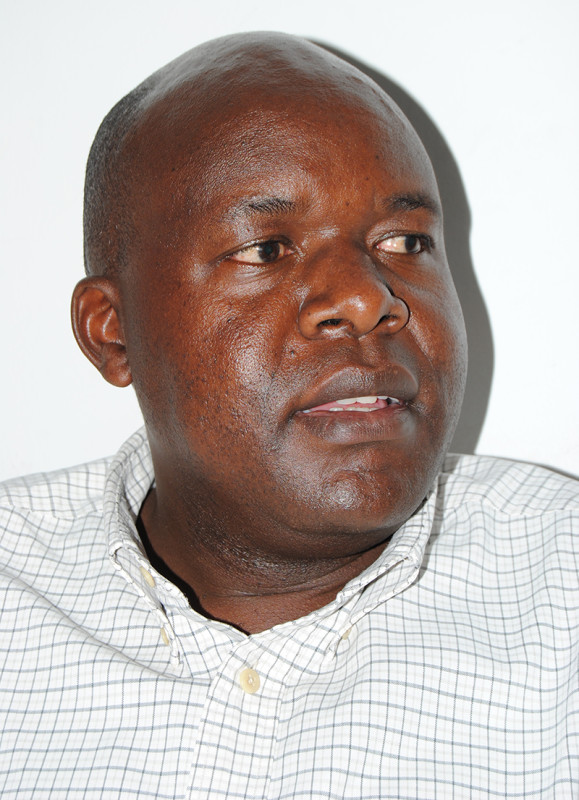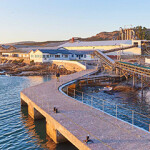Biotech startup NovFeed addressing East Africa's aquafeed shortage

A major constraint facing the aquaculture industry in East Africa is the scarcity of locally sourced, high-quality fish feed. Fish feed manufacturers relying on ingredients such as maize and soybean meal find them costly because of high demand that – at times – leads to drastic price fluctuations and reliance on imports from Europe and Asia.
For Kibamba-Ubungo, Tanzania-headquartered biotechnology firm NovFeed, the hole in the aquafeed market presented an opportunity to innovate alternative ways of producing fish feed. NovFeed Co-Founder and CEO Diana Orembe talked to SeafoodSource about how her startup has innovated a new aquafeed manufacturing process creating aquafeed using discarded waste, rather than wild-caught fish or soybean meal – both saving money and conserving the region’s marine ecosystems.
SeafoodSource: How did you come up with the idea for NovFeed, and what is its main mission?
Orembe: NovFeed came out of a desire to support sustainable growth in the East African aquaculture industry by providing viable solutions to fish feed shortages for the benefit of smallholder fish farmers. NovFeed aims to use natural microbes and industrial biotech to convert organic waste into a highly concentrated protein for the production of affordable fish feed.
SeafoodSource: How does a heavy reliance on soybean and fish in the production of fish feed impact smallholder fish farmers in East Africa?
Orembe: In Tanzania, for example, there is an inadequate number of dedicated fish feed-manufacturing companies, and even those that are available rely on imports from other countries to meet customers’ needs. Fish feed is mostly made using wild-caught fish and bycatch for fishmeal or soybean as an alternative ingredient. This makes imports very expensive, and because fish feed accounts for nearly 70 percent of total production costs at a fish farm, smallholder aquaculture farmers find them unaffordable. Some resort to using chicken breast or rotten vegetables to feed their fish, which does not give them a good return on their investment.
As a scientist, I thought this was an opportune time to come up with an innovative solution that is sustainable and cost-effective: the production of a protein source to help fish farmers reduce production costs and increase profitability, as well as protect our marine ecosystem.
SeafoodSource: What are some of the difficulties in sourcing adequate aquafeed in East Africa?
Orembe: One of the challenges is the high cost of fish feed, as well as the variation in quality because of the diverse environments under which fish feed ingredients are produced. For example, fish caught from Lake Tanganyika is likely to have a different nutritional profile from that caught from Lake Victoria. This variation is likely to reflect in the quality of the protein produced once the harvested fish is processed into fishmeal.
In the case of soybeans, the quality of the soybean meal may vary depending on the nutritional profile that can be influenced by different environmental conditions and farming systems under which it was produced. It also depends on whether the production was completed through the use of biotechnology, the use of chemicals, or whether it was organic.
In regard to manufacturing aquafeed from alternative sources other than edible fish and soybeans, one of the biggest challenges is the limitation of resources, especially when it comes to supporting research and development, because our processes are based 100 percent on scientific evidence. Waste disposal in Tanzania is not yet regulated to ensure efficient separation of different forms of waste. When we require specific waste, we have to increase the cost of our operations to recruit additional personnel – especially women and youth – to sort it out so that you do not end up having items, such as pieces of broken glass or plastics, that you cannot use.
SeafoodSource: What is your process of making aquafeed – from the sourcing of ingredients to reaching the ready-for-consumption phase?
Orembe: We follow consistent protocols in making fish feed throughout the year. This enables our final product to maintain the same nutritional profile and ensures that it remains high quality.
The protein is then combined with ...
Photo courtesy of NovFeed



Share